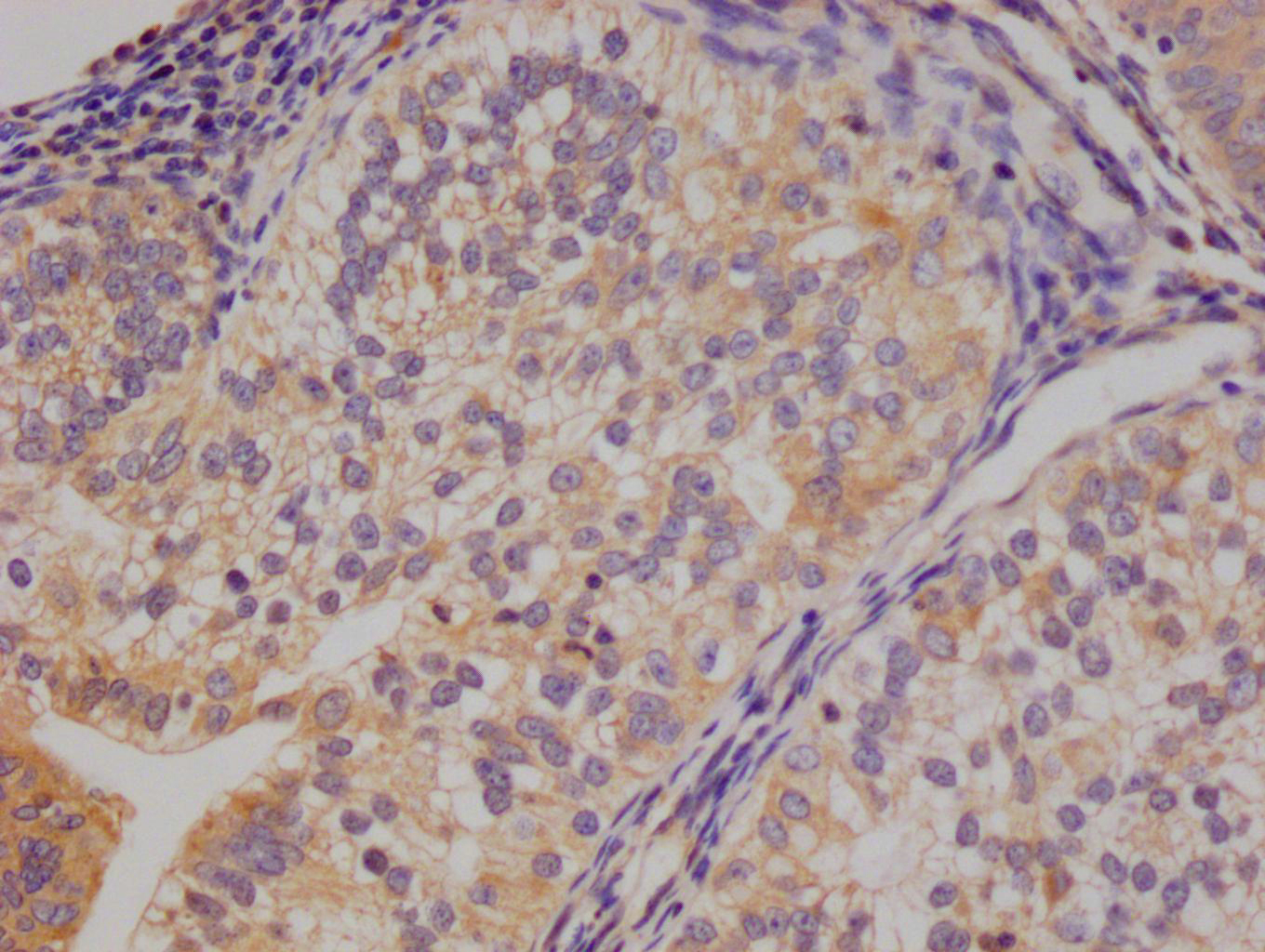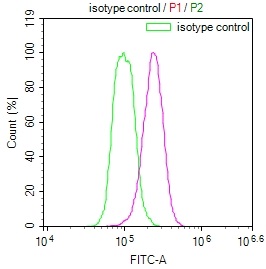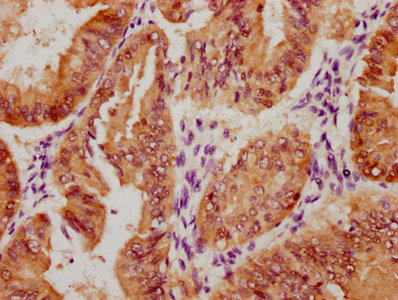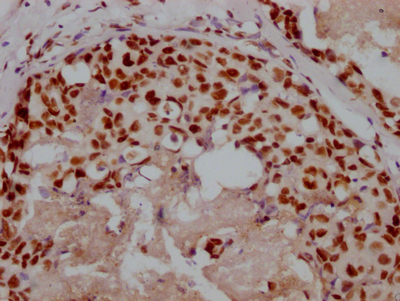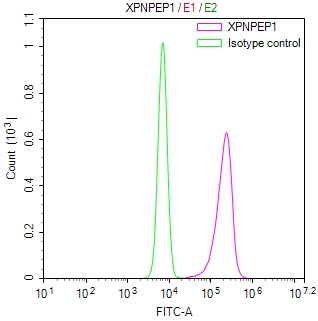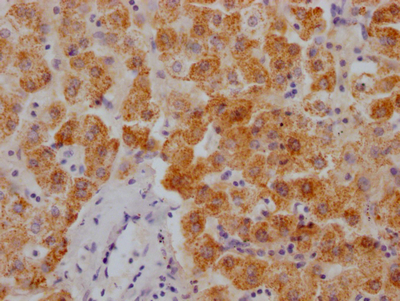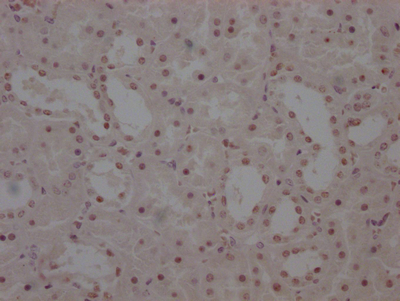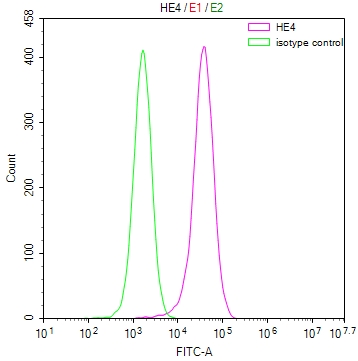PARD3 Antibody
-
中文名稱:PARD3兔多克隆抗體
-
貨號:CSB-PA017444GA01HU
-
規(guī)格:¥3,900
-
其他:
產(chǎn)品詳情
-
Uniprot No.:
-
基因名:
-
別名:agouti signaling protein antibody; ASIP antibody; Atypical PKC isotype specific interacting protein antibody; Atypical PKC isotype-specific-interacting protein antibody; Baz antibody; bazooka antibody; Coagulation factor II receptor-like 2 antibody; CTCL tumor antigen se2-5 antibody; F2rl2 antibody; PAR-3 antibody; par-3 family cell polarity regulator alpha antibody; par-3 family cell polarity regulator antibody; PAR3 alpha antibody; par3 antibody; PAR3-alpha antibody; PARD-3 antibody; Pard3 antibody; PARD3_HUMAN antibody; PARD3A antibody; Partitioning defective 3 homolog antibody; Partitioning-defective 3 homolog antibody; Partitioning-defective protein 3; C. elegans; homolog of antibody; SE2-5L16 antibody; SE2-5LT1 antibody; SE2-5T2 antibody; Thrombin receptor-like 2 antibody
-
宿主:Rabbit
-
反應(yīng)種屬:Human,Mouse,Rat
-
免疫原:Human PARD3
-
免疫原種屬:Homo sapiens (Human)
-
抗體亞型:IgG
-
純化方式:Antigen Affinity Purified
-
濃度:It differs from different batches. Please contact us to confirm it.
-
保存緩沖液:PBS with 0.1% Sodium Azide, 50% Glycerol, pH 7.3. -20°C, Avoid freeze / thaw cycles.
-
產(chǎn)品提供形式:Liquid
-
應(yīng)用范圍:ELISA,WB,IHC
-
Protocols:
-
儲存條件:Upon receipt, store at -20°C or -80°C. Avoid repeated freeze.
-
貨期:Basically, we can dispatch the products out in 1-3 working days after receiving your orders. Delivery time maybe differs from different purchasing way or location, please kindly consult your local distributors for specific delivery time.
-
用途:For Research Use Only. Not for use in diagnostic or therapeutic procedures.
相關(guān)產(chǎn)品
靶點(diǎn)詳情
-
功能:Adapter protein involved in asymmetrical cell division and cell polarization processes. Seems to play a central role in the formation of epithelial tight junctions. Targets the phosphatase PTEN to cell junctions. Involved in Schwann cell peripheral myelination. Association with PARD6B may prevent the interaction of PARD3 with F11R/JAM1, thereby preventing tight junction assembly. The PARD6-PARD3 complex links GTP-bound Rho small GTPases to atypical protein kinase C proteins. Required for establishment of neuronal polarity and normal axon formation in cultured hippocampal neurons.
-
基因功能參考文獻(xiàn):
- Studies indicate that the PAR3-PAR6-aPKC complex are important for the establishment of neuronal polarity [Review]. PMID: 29696344
- that this heterozygotic microdeletion showed no tissue specificity and led to defective expression of PARD3 PMID: 28623428
- The authors identified a tumor-suppressive property function of Par3 in human cervical cancer and the lost Par3 expression may be a marker of poor prognosis. PMID: 29953780
- We first demonstrate that Hook2 is essential for the polarized Golgi re-orientation towards the migration front. Depletion of Hook2 results in a decrease of PAR6alpha at the centrosome during cell migration, while overexpression of Hook2 in cells induced the formation of aggresomes with the recruitment of PAR6alpha, aPKC and PAR3 PMID: 27624926
- elevated expression of Par3 promotes PCa metastasis via KIBRA sequestration-mediated inactivation of the Hippo pathway to upregulate expression of pro-metastatic genes. PMID: 29017577
- reduced expression of PKCzeta/Pard3/Pard6 contributes to non-small-cell lung cancer epithelial-mesenchymal transition, invasion, and chemoresistance. PMID: 28652146
- PARD3 might play a tumor suppressor role in esophageal squamous cell carcinoma. PMID: 28526815
- Loss of Par3 promotes metastatic behavior in lung adenocarcinoma cells through 14-3-3zeta protein. PMID: 27588399
- Studies suggest that rare deleterious variants of PARD3 in the aPKC-binding region contribute to human cranial neural tube defect (NTD). PMID: 27925688
- These data highlight the importance of the carboxy-terminal motif of the E6 protein and downregulation of PAR3 in tumorigenic transformation of human cervical keratinocytes. PMID: 28440909
- Results suggest that Par3 expression is likely involved in ovarian cancer progression, especially in peritoneal metastasis, probably through modulating IL-6 /STAT3 signaling. PMID: 27855669
- reduced keratinocytes Par3 function fosters a permissive P-cadherin-dependent niche for melanocytes transformation, invasion, and metastasis. PMID: 28096290
- These results demonstrate the importance of Par3 and SNAIL in development of KSHV-induced B-cells cancers PMID: 27463802
- PAR-3 protein expression is frequently lost in primary esophageal squamous cell carcinoma and loss of the PAR-3 protein is associated with aggressive clinicopathological features. PMID: 28188749
- Taken together, these results suggest that the Par3 regulates invasion and metastasis in pancreatic cancers by controlling tight junction assembly via Tiam1. PMID: 26084985
- Knockdown of the polarity protein Par3 reversed the effects of Galpha13 knockdown on cell-cell adhesion and proteolytic invasion in three-dimensional collagen. PMID: 26589794
- Par-3 plays an important role in the modulation of intestinal barrier function by regulating delivery of occludin as well as suppression of MLC phosphorylation. PMID: 25820151
- Shp2 promotes metastasis of prostate cancer by attenuating the PAR3/PAR6/aPKC polarity protein complex and enhancing epithelial-to-mesenchymal transition PMID: 26050620
- study indicated a potential molecular basis for cell growth-promoting function of PARD3 by modulating the Hippo pathway signaling in response to cell contact and cell polarity signals PMID: 26116754
- PAR3-mutant proteins exhibit a relative reduction in the ability to mediate formation of tight junctions and actin-based protrusions and activate STAT3 at cell confluence. PMID: 25833829
- PAR3 and aPKC control the organization of the Golgi through CLASP2 phosphorylation. PMID: 25518939
- Data show that increased partitioning defective 3 (Par-3) expression is associated with distant metastasis and poor survival rates in patients with hepatocellular carcinoma (HCC). PMID: 23322019
- A cytoplasmic expression of PAR-3 is therefore implicated in worse clinical and pathological cancer features in clear cell renal cell carcinoma and could be useful to identify patients with high-risk tumors. PMID: 24856572
- The PAR polarity complex of PARD3, PARD6, and an atypical protein kinase C (aPKC) regulate several aspects of neuronal migration.[review] PMID: 24243103
- Our results suggest that PAR-3 has a role in the clinical aggressiveness of cell Renal Cell Carcinoma PMID: 24136590
- Data indicate that both tumor focality and Par3/Par6/atypical protein kinase C (APKC) expression were significantly associated with tumor recurrence. PMID: 21549621
- Suggest that loss of Par3 promotes metastatic behaviour of ErbB2-induced breast tumour epithelial cells by decreasing cell-cell cohesion. PMID: 23263278
- Par3 is identified as a regulator of signaling pathways relevant to invasive breast cancer. PMID: 23153534
- A VE-cadherin-PAR3-alpha-catenin complex regulates the Golgi localization and activity of cytosolic phospholipase A(2)alpha in endothelial cells.( PMID: 22398721
- genetic association studies in a Chinese Han population: Data suggest that 6 SNPs in PARD3 (rs2496720, rs2252655, rs3851068, rs118153230, rs10827337, rs12218196) are associated with neural tube defects/anencephaly in this population. PMID: 22447895
- The scaffolding adaptor GAB1 interacts with two polarity proteins, PAR1 and PAR3. PMID: 22883624
- Changes in cell polarity proteins Par-3 and PP-1 are associated with altered expression and assembly of tight junction proteins claudin-2, -3, -5 and -7 and ZO-1, causing paracellular leakage in active coeliac disease. PMID: 21865402
- there was no association of MAGI2 and PARD3 with IBD. PMID: 21515326
- Factors-derived from preeclapsia placentas not only interrupt junction protein VE-cadherin distribution, but also perturb polarity protein PARD-3 expression and distribution in vascular endothelium PMID: 20959641
- Data show that DDR1 coordinates the Par3/Par6 cell-polarity complex through its carboxy terminus, binding PDZ domains in Par3 and Par6. PMID: 21170030
- Par3 controls epithelial spindle orientation by aPKC-mediated phosphorylation of apical Pins. PMID: 20933426
- The results suggest that Par3 directly interacts with FAK and PI3-kinase, enhancing their activities for polarized cell migration. PMID: 20191563
- Data show that Aurora A interacts directly with the atypical protein kinase C binding domain of Par3 and phosphorylates it at serine 962. PMID: 19812038
- findings demonstrated that G-protein-activated phospholipase C-beta interacts with cell polarity proteins Par3 and Par6 to form protein complexes and to mediate downstream signal transduction PMID: 15782111
- fine-tuning mechanism of Par3 in epithelial tight junction assembly controlled by the EGF receptor-SFK signaling pathway. PMID: 17053785
- We provide evidence for the existence of a distinct PAR protein complex in endothelial cells. Both PAR-3 and PAR-6 associate directly with the adherens junction protein vascular endothelial cadherin (VE-cadherin). PMID: 17057644
- Par3 is a novel component of the DNA-PK complex that implicates an unexpected link of cell polarity to double-strand DNA break repair. PMID: 17287830
- Because Numb interacts with the aPKC binding partner PAR-3, we propose a model in which polarized Numb phosphorylation contributes to cell migration by directing integrin endocytosis to the leading edge PMID: 17609107
- Two polarity proteins, Par3 and Par6, are also required for EC lumen and tube formation, as they establish EC polarity through their association with Cdc42 and atypical PKC. PMID: 18319301
- identified 10 potential novel binding proteins of PDZ domains of Par3 in Jurkat cells PMID: 18685789
- Results suggest that deletion and reduced expression of PARD3 may be a novel mechanism that drives the progression of ESCC. PMID: 19503097
- Cell polarity factor Par3 binds SPTLC1 and modulates monocyte serine palmitoyltransferase activity and chemotaxis PMID: 19592499
- Pard-3 and AS3 genes are mutationally inactivated in prostate cancer cells. PMID: 19737411
顯示更多
收起更多
-
相關(guān)疾病:Neural tube defects (NTD)
-
亞細(xì)胞定位:Cytoplasm. Endomembrane system. Cell junction. Cell junction, tight junction. Cell junction, adherens junction. Cell membrane. Cytoplasm, cell cortex. Cytoplasm, cytoskeleton.
-
蛋白家族:PAR3 family
-
組織特異性:Widely expressed.
-
數(shù)據(jù)庫鏈接:
Most popular with customers
-
-
YWHAB Recombinant Monoclonal Antibody
Applications: ELISA, WB, IHC, IF, FC
Species Reactivity: Human, Mouse, Rat
-
Phospho-YAP1 (S127) Recombinant Monoclonal Antibody
Applications: ELISA, WB, IHC
Species Reactivity: Human
-
-
-
-
-


